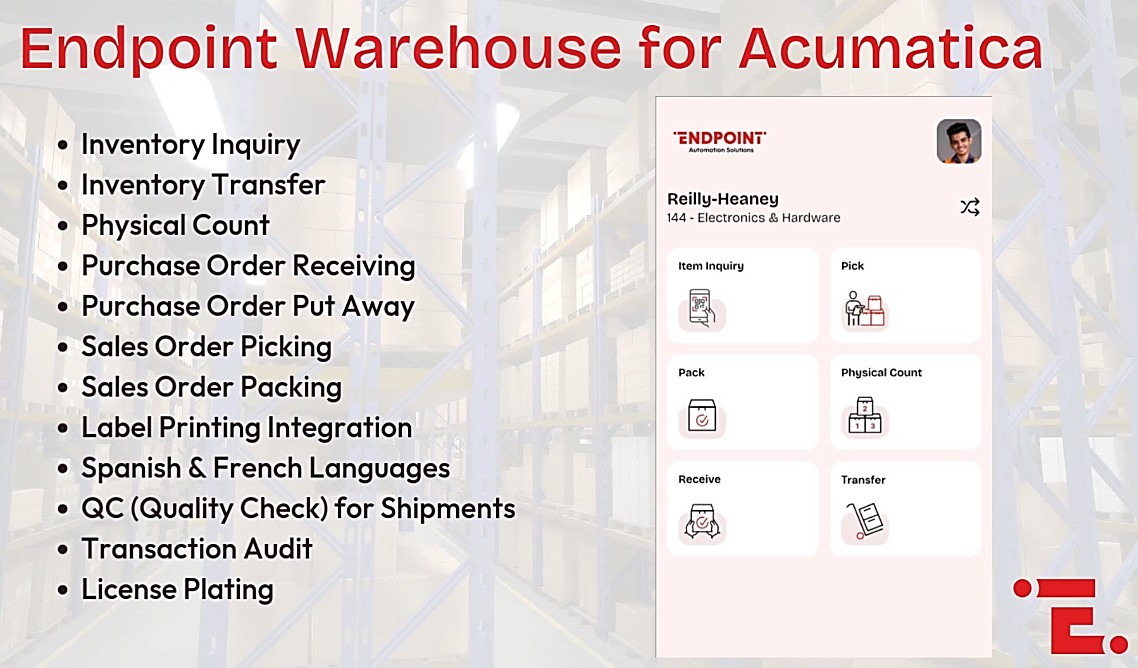March 5th 2025 10:26:27 AM
How Inventory Management Strategies Help Your Supply Chain
June 7th 2022 11:00:00 AM

Supply chain disruptions are nothing new to anyone in business today. Unfortunately, they have been all too common over the past couple of years. The Covid-19 pandemic has played havoc with supply chains worldwide, and orders have been significantly delayed, with some products on backorder for months. Inventory management strategies can help companies manage these supply chain disruptions.
If you want to ensure a smooth supply chain for your business, refining your inventory management processes is an excellent place to start. Inventory management (ordering, stocking, and distributing products) is part of your supply chain management. When your inventory is well-managed, your company is less likely to experience supply chain disruptions.
Unfortunately, when inventory isn’t well managed, it can lead to stock-outs or over-ordering of products that don’t sell well. These decisions can be expensive in the short term and have long-term consequences for a company’s financial health. In the current business climate, it’s imperative to avoid anything that may increase supply chain interruptions.
Reasons for Supply Chain Disruptions
Why did supply chain disruption occur during the pandemic? There are several reasons:
1. Increased E-commerce Consumer Spending
The global pandemic forced people to stay at home, and many people began working from home. Consumers stopped spending on services and focused their spending on physical products, and they started ordering online at unprecedented rates and placing orders for home delivery. The five most popular e-commerce categories in 2021 compared to 2019 were as follows:
- Furniture, Building Materials, and Electronics 201.4%
- Food and Beverage 170.8%
- Building Materials, Garden Equipment and Supplies 105.1%
- General Merchandise 77.5%
- Sporting Goods, Hobby Musical Equipment 70.1%
Manufacturers and online retailers found it difficult to keep up with the surge in demand, as total e-commerce sales increased to $870 billion during the pandemic.
2. Labor Shortages
During the pandemic, the trucking and warehouse industries faced significant and persistent labor shortages. Warehouse managers were finding it difficult to recruit workers, who seemed to be turned off by the idea of working in what they perceived as dirty conditions in an industry stuck in the pen-and-pencil era.
Modern warehouses are clean and well-lit. These employers do their best to rotate duties so that employees get the chance to work on more than one task to reduce boredom at work. They also introduced bar code scanners to improve efficiency when picking orders and performing stock counts.
3. Transportation Bottlenecks
During the pandemic, quarantines and travel bottlenecks led to travel restrictions on crucial transcontinental routes. Companies which placed orders were often unable to get them filled promptly, even when their suppliers had stock available. The trucking industry felt the impact of labor shortages, which also affected the delivery of goods to manufacturers and distributors.
Signs of Improvement in the Supply Chain
As the pandemic is (hopefully) coming to an end, there are signs that the disruptions in the supply chain may be easing.
- Brick and Mortar Sales Retail Sales Growing
As more employees return to the workplace (at least part-time), they do more in-person shopping. For example, Amazon’s e-commerce retail sales dropped three percent in Q1 to $51.1 billion, and brick and mortar retail sales grew by 17% to $4.6 billion.
- Gains in Warehouse Employment
The Bureau of Labor Statistics reported employment in transportation and warehousing grew by 52,000 in April 2022. Job levels in the industry reached 674,000 above their February 2020 levels. Warehouse and storage jobs accounted for 467,000 employment opportunities.
Inventory Management Strategies for Ensuring a More Efficient Supply Chain
The pandemic is only one reason for a supply chain disruption. Other causes include natural disasters, geopolitical conflicts, cyberattacks, and labor unrest. The following are strategies for improving your supply chain inventory management.
1. Establish relationships with alternate suppliers for your core products.
You may have leading suppliers that you deal with regularly. It’s a good policy to have a list of alternate suppliers to ensure the core goods you sell or need for your manufacturing business are always available. This policy will help you mitigate the risk of having your leading supplier run out of stock for any reason.
2. Order products from suppliers in several geographic locations.
To guard against suppliers running out of stock for the reasons listed above, explore relationships with companies in multiple locations. Choose suppliers overseas as well as local ones. Multiple sourcing strategies help build resilient supply chains your company can closely monitor.
3. Install inventory and warehouse management software to track your real-time data.
Current inventory and warehouse management software can assist your company with accessing your data in real-time. It allows you to track inventory turnover and customer orders and improve your supply chain visibility. The inventory management software enables you to understand how products move through your warehouse.
Scanco Warehouse Management Solutions Fit Your Company’s Needs
Scanco has warehouse inventory management software to fit any size operation’s needs and requirements. We work with small, mid-size, and large enterprises that wish to automate their cycle counting and year-end physical counts.
- Scanco WMS Essentials integrates with Sage 100 to eliminate the need for using a clipboard and spreadsheet in the warehouse. This software allows the use of barcode scanners to look up items and send real-time counts into Sage 100.
- Scanco WMS Advanced also integrates seamlessly with Sage 100. It gives you all the features of Scanco WMS Essentials and proof of delivery, physical count by bin, pack list printing, directed order picking, directed order replenishment, and more.
- Scanco WMS Professional is our most advanced solution. Developed for complex operations, it includes all the WMS Essentials and Advanced features, plus gives you directed putaway, wave batch order selection, wave picking, and directed shipping.
To learn more about Scanco’s inventory management solutions for your business, contact us online or call (330) 645-9959 to make an appointment with a Scanco Solutions Expert to take the next step today.













